In the first five months of 2023, there were 475 incidents of settler violence that resulted in property damage or injured Palestinians.
Published: JUNE 25, 2023
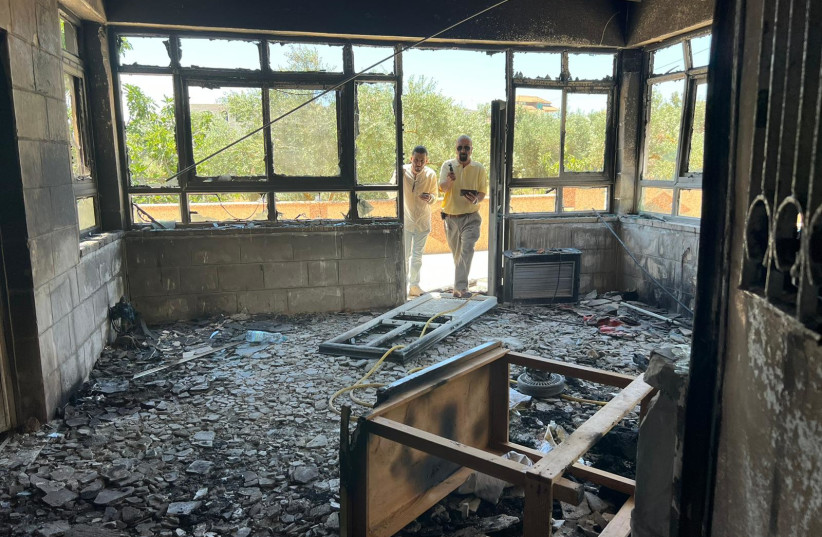
The aftermath of a settler attack on Palestinians' homes in Turmus Aiya
(photo credit: TOVAH LAZAROFF)
Advertisement
“We’re surrounded by fire,” Alaa Shaker Abuawad said as he frantically called his brother-in-law Sharif Samih Omar to rescue him and his family from the settler attack against their home in Turmus Aiya last week.
“I literally drove through the line of fire,” Sharif said as he recalled the harrowing ride to his in-law’s home, where three adults and three children were trapped.
He arrived as settlers who had set homes in the back end of the village ablaze, had moved onto another street to continue the arson rampage.
Settler attack in Turmus Aiya: Palestinians' point of view
Settlers had torched two cars parked in front of the home’s main gate, but his mother-in-law, Abuawad, his wife and three children were able to climb over a fence to his vehicle.
Somehow, everyone was able to squeeze in by sitting one on top of the other as he drove them to safety.
Omar, 37, whose parents were from Turmus Aiya, had been in the village on vacation from Chicago, where he was born and where he now lives with his family.
He had been about to leave for Ramallah on Wednesday when he heard about the attack over the loudspeakers from the village mosque. When he arrived at the back end of the village he saw masked settlers, some of whom had guns and were shooting rounds at the homes. He showed The Jerusalem Post security footage of the settlers.
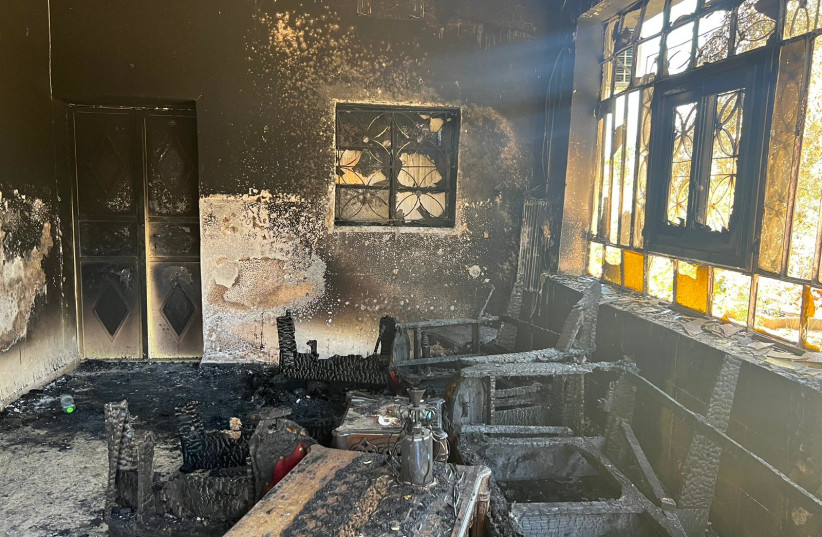
Omar was among the dozens of villagers who came out onto the village’s bright sunny streets on Friday to speak with a delegation of diplomats led by European Union Representative Sven Küehn von Burgsdorff, who told the residents that the attack was an act of terror.
Among the stops on the delegation’s visit was to the wife of Omar Qattin, 27, who had also been among those who went to help rescue Palestinians trapped and or wounded in the attack. He was fatally shot and the identity of his killer has yet to be clarified.
“He was trying to protect people,” she said, as held one of their two small children in her arms. “We are all so proud of him.”
She wore a black scarf over her head and spoke in a tearful voice. “I am in so much pain, but it makes me happy to know that he died bravely rescuing children.”

Omar Qattin’s brother Abdullah Jbara flew from Texas after his brother’s death, having spoken with him just an hour before the attack.
When he heard of the violence, he called Omar again to say, “be careful,” but he didn’t answer.
“He always helped everyone,” Abdullah said, adding that his heart was filled with years of memories of his brother.
At a community meeting at the start of the visit, Burgsdorff said that the village was located on “Palestinian land” that is “occupied temporarily by a military power.” Israel under international law, therefore, “has the obligation to protect the Palestinian population under its responsibility.”
He added that this has not been done.
“You are not alone. Your lives matter and they matter to us,” Burgsdorff told the villagers who sat on a long row of plastic chairs opposite the diplomatic delegation.
UN: Three reports of settler violence per day in the West Bank
UN Humanitarian Coordinator Lynn Hastings, who was part of the delegation, said that settler violence was rising sharply from one incident a day in 2021, to two in 2022 and that so far this year, there have been three reports about such violence a day.
In the first five months of 2023, there were 475 incidents of settler violence that resulted in property damage or injured Palestinians, Hastings said, adding that this was a 34% increase over the same period last year.
But the bulk of the attention in the room and at other stops to view burnt-out homes was on Lourdes Lamela from the US Office for Palestinian Affairs.
Some 80-90% of the village is estimated to hold US passports, with a significant portion of the residents holding a specific connection to Chicago.
“What are you going to do about it,” shouted one Palestinian-American man as they stood in a burnt-out room in one of the homes that had been torched, with walls that were black from the fire.
One Palestinian attorney from California told her, “We are helpless.” He held up his US passport and said, “Does this [document] matter.”
Illinois State Representative Abdelnasser Rashid, who had lived in the village as a child, had returned for a summer visit with his children, including a daughter aged seven.
They were in Turmus Aiya at the time of the attack.
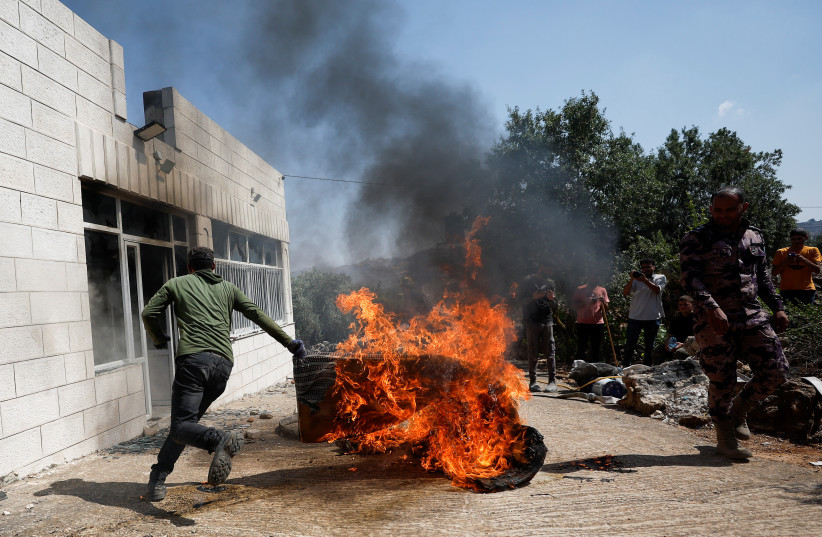
“I had to have the conversation with my children... that every Palestinian parent has, that the Israeli government does not believe that we believe we deserve equal rights. That the Israeli government believes we can be hurt or even killed with no consequences or accountability.
“I call on the US government to do everything it can to hold Israel accountable and to hold the perpetrators of these attacks accountable and to protect Turmus Aiya and every other Palestinian village and all civilians.”


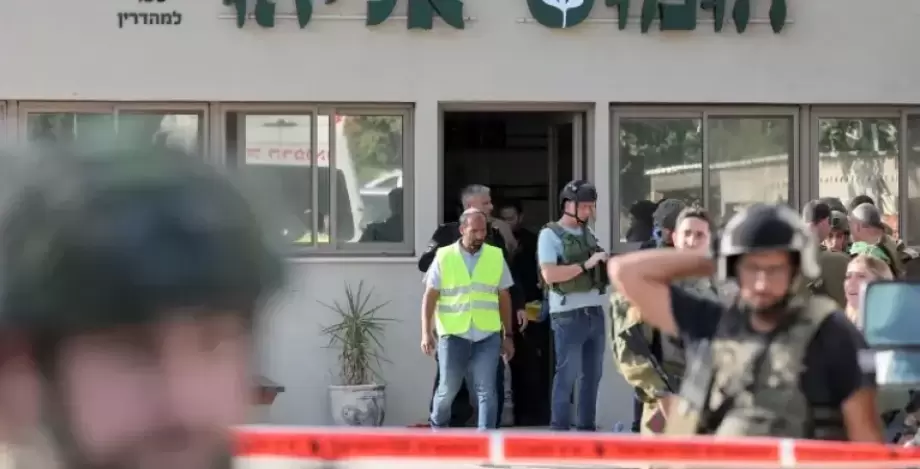





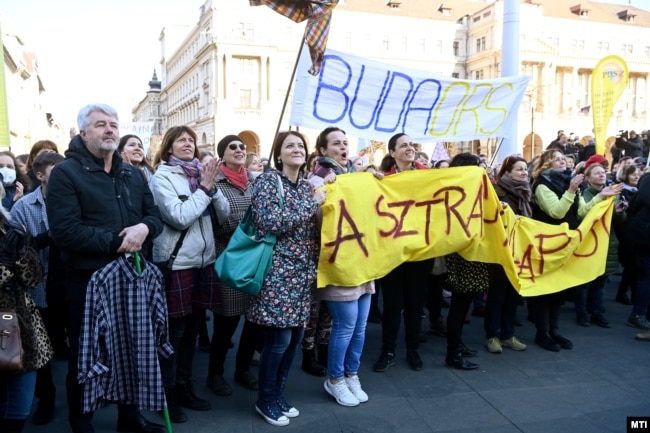








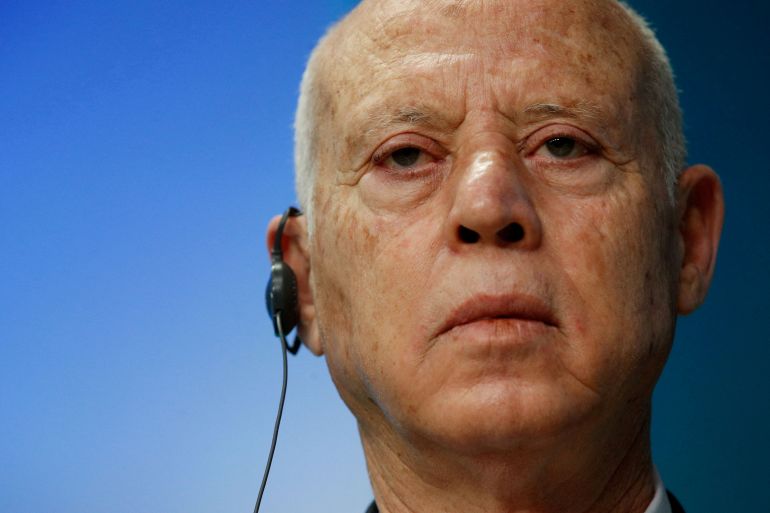
 People wave national flags during celebrations marking the sixth anniversary of the 2011 Arab Spring revolution, in Tunis, Tunisia [File: Zoubeir Souissi/Reuters]
People wave national flags during celebrations marking the sixth anniversary of the 2011 Arab Spring revolution, in Tunis, Tunisia [File: Zoubeir Souissi/Reuters]







